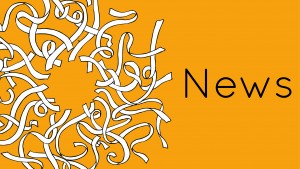 Scientists in America have shown that a new IVF treatment that combines DNA from three individuals into one embryo could work.
Scientists in America have shown that a new IVF treatment that combines DNA from three individuals into one embryo could work.
The findings, published in Nature this week, have massive scientific and ethical implications. This technique could eliminate the risk of ‘mitochondrial’ diseases, which are passed on through mutations in mitochondrial DNA. Mitochondria are the power pack of cells; they provide the energy for all of the cells’ activities. They also contain a tiny amount of genetic material. When a sperm fuses with an egg, the nuclei of the cells combine and this is where most of the embryo’s genetic material is found. However, since there is some DNA in the mitochondria of the egg cell, this also becomes a part of the embryo’s DNA. And if this mitochondrial DNA is faulty, the embryo may develop a mitochondrial disease.
Creating embryos using DNA from three people, by using a donor egg as well as the parents’ egg and sperm, could solve this problem. In the current study, the nucleus was taken from the mother’s egg and inserted into a donor egg with healthy mitochondria. This egg was then fertilised by the father’s sperm. The Oregon Health team involved in the study demonstrated that the fertilisation rate in the manipulated eggs was similar to non-manipulated eggs, but 52% of these manipulated embryos were abnormal in some way. However, those that were fertilised normally had subsequent development similar to that of controls.
This technique has previously been used in monkeys, and the offspring born this way are still healthy three years on. However, before this treatment could be used in humans, it would need approval from an ethical regulator (in the UK this is HEFA, the Human Fertilisation and Embryology Authority). Many more tests are necessary to confirm the efficacy and safety of this technique, and research with human embryos is always controversial.
Nevertheless, this study shows a fascinating application of gene therapy, and it could reduce the risk of mitochondrial diseases if proved safe.
![When three become one… Scientists in America have shown that a new IVF treatment that combines DNA from three individuals into one embryo could work. The findings, published in […]](/wp-content/uploads/2011/10/News-image-01-620x300.jpg)